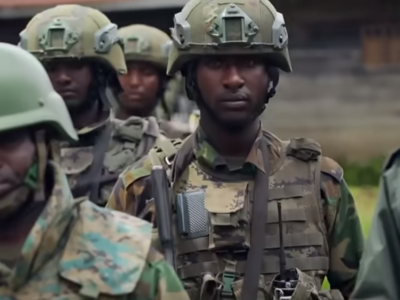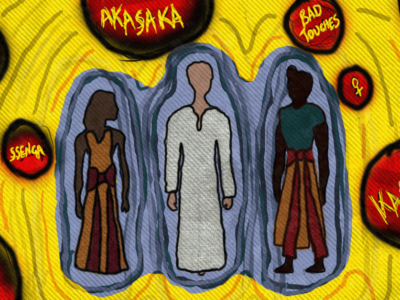Sudanese students chose January 30, 2011 to be the beginning of peaceful demonstrations against President Omar al-Bashir. The main call asking people to take to the streets of Khartoum was made on Facebook. Was this Sudan's first “Facebook Revolution” with the help of twitter as a side kick?
Social media tools such as blogs, Twitter, Facebook and YouTube played a vital role in organising and reporting the Jan 30 Sudan peaceful demonstrations. In this post I will try to highlight some of social media tools that were used to organise, report and comment on the protests.
Facebook played a vital role as information center and an organising space while on Twitter users were reporting about the demonstrations in real time. Jan30Sudan used Ushahidi platform to document the demonstrations on a map.
It seems it all started with a Facebook group leading the role by inviting people to attend the protests. The group is called “>شبــاب لأجـل الـتـغيـــر·.»شـــرار ة which translates to Youth For change “the Spark”. The group, which has over 8,000 friends, is credited with helping to organise the protests. Another Facebook group is “>رصد الاعتقالات و التجاوزات القانونية في مسيرة 30 يناير السلمية بالخرطوم which translates to “Records or Updates of arrest and illegal actions or violence in the 30 of January Peaceful Demonstration in Khartoum.”
On the other side, there are blogs such as hurriyatsudan, which keeps track of news and updates. The blog has published names of people who have been arrested. Jan30Sudan website helped people to track locations of the protests and actions such as arrest or clashes with the police.
Below are some of incidents that were captured on the map:
* Police use gas bombs against medical students
* Peaceful gatherings and demonstrations
* Sudanese security harassing foreign journalists
* Picture of police beating protesters on Palace Street
* Videos of protest in Khartoum
Some protesters uploaded videos on the video sharing site, Youtube.
Twitter updates using the hashtag #SudanJan30 started from the beginning of the protest from those attending the protests such as simsimt and others who were following the demonstrations online.
And finally it seems that the spark is still on as activists are planning for more protests:
What we are seeing has never before been witnessed in Sudan. Young Sudanese people are growing up digital, and they are well aware of how the world is changing around them. The more the digital divide narrows, especially with the introduction of new fiber-optic sea cables, the more Sudanese youth will empower themselves via social networking tools to voice their opinions and state their concerns for the future.















2 comments